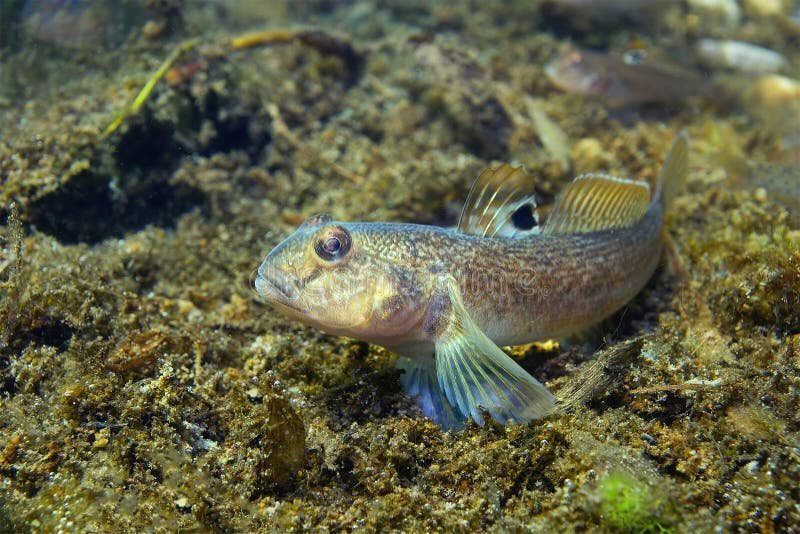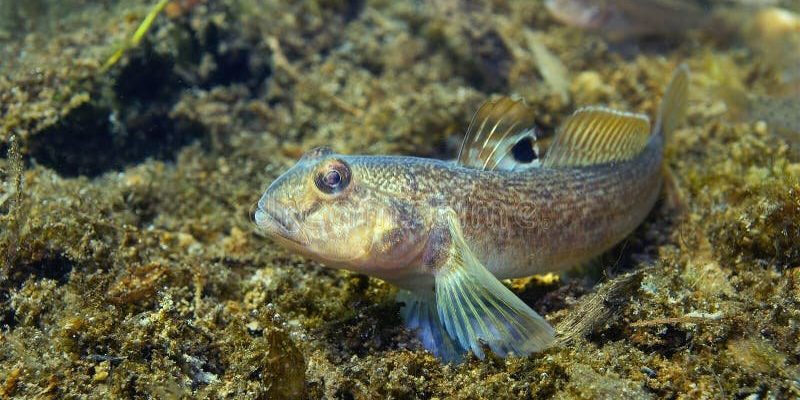
As we sip our coffee and dive into this topic, let’s explore what gobies are facing in their natural habitats. They might be small, but they have big impacts on the ecosystems they inhabit. Let’s unpack the conservation efforts currently in place to protect these little fish and what it means for our oceans.
What Are Gobies and Their Importance?
Gobies are small, bottom-dwelling fish that belong to the family Gobiidae. They’re often seen hanging around rocky surfaces or sandy substrates, where they dart in and out of crevices. You might recognize their characteristic fused pelvic fins, which create a disc-like shape allowing them to stick to surfaces. This unique feature helps them avoid predators while they scavenge for food or just chill out.
Honestly, gobies aren’t just fascinating creatures; they play an essential role in maintaining healthy marine ecosystems. By feeding on algae and detritus, they help keep coral reefs clean and thriving. Additionally, their presence supports the food chain, serving as a meal for larger fish and marine animals. So, when goby populations decline, it creates a ripple effect that can destabilize entire ecosystems—like pulling one thread from a tapestry.
The Threats Facing Gobies
Like many fish species, gobies are facing numerous threats that could lead them towards endangerment. One of the biggest issues is habitat loss. Coastal development, pollution, and climate change are rapidly altering their natural environments. For example, coral bleaching caused by rising ocean temperatures can devastate the habitats where gobies thrive, pushing them to the brink of extinction.
Another significant threat is overfishing. While gobies are not the primary targets, they often get caught in the nets meant for larger fish. This bycatch can significantly impact their populations, especially in areas where fishing is intense. Moreover, the introduction of invasive species can also disrupt their ecosystems, further threatening their survival.
Current Conservation Efforts
In response to the growing concerns about goby populations, various conservation initiatives are underway. Organizations are working tirelessly to monitor goby habitats and populations, gathering data that can help inform protection measures. For instance, marine protected areas (MPAs) are being established to safeguard critical habitats from development and pollution. These safe zones allow goby populations to recover and thrive.
Moreover, public awareness campaigns are becoming increasingly important. By educating local communities about the significance of gobies and the threats they face, conservationists hope to foster a sense of responsibility towards protecting these species. When people understand that their actions can impact ocean health, they might take steps to reduce their ecological footprint.
How Can You Help Gobies?
You might be wondering how you can play a part in helping these little fish. Here are some easy steps you can take:
- Support sustainable seafood initiatives: Choose seafood that is caught using methods that are friendly to marine life.
- Reduce plastic usage: Participate in clean-up events and minimize your use of single-use plastics that can end up in the ocean.
- Spread the word: Share information about gobies and the importance of marine conservation within your community.
Each action, no matter how small, contributes to a larger movement for ocean health. When communities rally together, the impact can be substantial.
Research and Monitoring of Goby Populations
Monitoring goby populations is a vital aspect of understanding their conservation status. Researchers use various techniques, such as underwater surveys and environmental DNA (eDNA) analysis, to assess their numbers and health. These methods help scientists track changes in goby populations and identify areas that require more protection or management.
For example, researchers often collaborate with local fishermen to gather data on goby catches. This partnership not only aids in research but also empowers fishermen to engage in sustainable practices. The combination of science and local knowledge is a powerful tool in conservation efforts.
Case Studies on Goby Conservation
Looking at specific case studies can highlight successful conservation strategies. For instance, in the Caribbean, initiatives have focused on restoring reef habitats, which in turn supports goby populations. By planting new coral and monitoring the effects on marine life, scientists have seen encouraging signs of recovery.
Another example is in Southeast Asia, where local organizations have worked to enforce fishing regulations and educate communities on the importance of gobies and their ecosystems. These efforts have led to an increase in goby sightings and a healthier reef ecosystem overall. It shows that when communities are engaged and informed, real change is possible.
Future Outlook for Gobies
As we look ahead, the future of gobies remains uncertain but hopeful. Conservation efforts are gaining traction, and awareness is growing. However, continued action is crucial. Climate change and habitat destruction are ongoing threats, and without consistent intervention, goby populations could still face decline.
You might feel a bit overwhelmed by the challenges, but remember—it’s the collective effort that counts. Every small step we take can lead to significant changes over time. Continuing to support conservation initiatives can help ensure that gobies, along with countless other marine species, can thrive for generations to come.
In conclusion, gobies might be small, but their role in marine ecosystems is enormous. Understanding the threats they face and participating in conservation efforts is essential. With each of us playing our part, we can help ensure that these incredible little fish continue to swim in our oceans, bringing life and vibrancy to their underwater worlds.

